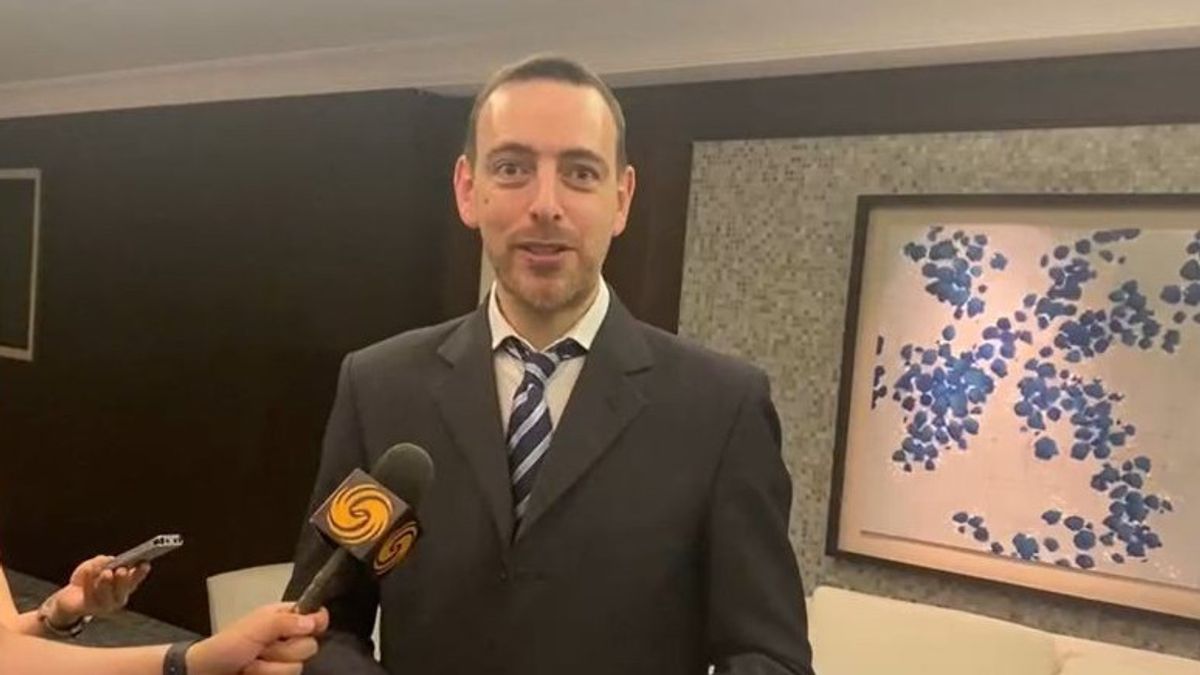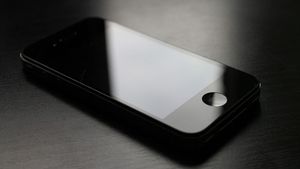JAKARTA - This is the first collaboration between China and France in sending instruments out of the country through the Chang'e-6 mission.
"In the sense of space exploration, namely beyond Earth's orbit, yes, this is the first time France has provided instruments for missions from China, indeed previously we have scientific collaboration but have never carried out joint missions before, so this is the first time for cooperation in shipping hardware out of Earth orbit," said the head of the project "Detection of Outgassing Radon" (DORN) from the French Institute of De Recherche en Astrophysique et Planetology (IRAP) Pierre-Yves Meslin in Haiko, Hainan province, China on Friday, May 3.
Quoting ANTARA, Saturday, May 4, DORN is a radon isotopic detection instrument on the lunar surface carried by the Chang'e-6 spacecraft with a lunar far-side exploration mission.
Chang'e-6 belonging to the Chinese National Space Agency (CNSA) was launched from the Wenchang Space Launch Site, on Friday (3/5) at 17.27 local time using a Long March-5 Yao-8 carrier rocket.
"We have developed this instrument over the past four years as an instrument to measure radioactive gas called radon which can be used to find out how the condition of the thin atmosphere surrounds the moon," added Meslin.
According to Meslin, another use of the instrument is to find out how the gas moves from the center of the moon to the poles.
"At the Moonpole there is a kind of frozen ice that we don't know yet how the water element can finally gather at the pole of that month, so the radon gas is useful for knowing the lunar surface and how particles migrate on the lunar surface and can also understand isotopic dust on the moon," said Meslin.
Meslin said that previously France had other collaborations with China in the field of oceanography and medical applications at China's space station and astrophysics.
"But in terms of hardware delivery this is the first time," said Melsin.
He also admitted that he was impressed by China's fast work in the space sector, especially lunar exploration.
"It's very impressive for us that they can do that and it's actually still a mystery to us how China was able to develop such an ambitious and successful program in such a short time without any failure, so yes, we were impressed by this very fast progress," said Meslin.
SEE ALSO:
Apart from France, China's National Space Agency also collaborates with the European Space Agency (European Space Agency) for the Negative Ions at the Lunar Surface (NILS) instrument, which is an instrument useful for measuring negative ions ejected from the lunar surface due to the solar wind so that it can measure oxygen levels, hydrogen and other characters on the moon.
There is also cooperation with the Italian Nuclear Physics Agency (National Institute for Nuclear Physics or INFN) to provide laser reflectors during landing (Instrument for landing - Moving laser Retroreflector Investigations) as well as a small satellite from the Pakistan Space Agency called ICUBE-Q Cubesat which carries a dual optical camera to image the lunar surface.
The Chang'e-6 mission will make a landing on the far side of the moon (an invisible side of the earth) at a location called South Pole Aitken Basin, which is a basin of about 2,400 kilometers in diameter and the oldest and largest basin known to humans on the moon.
Since the landing site will be carried out on the far side of the moon, it is not possible to communicate directly with ground stations on earth, so relay communication support is provided from the Queqiao-2 satellite.
The Chang'e-6 mission consists of a vehicle for orbiters (orbiters), lander rides (landers), rides (asscenders) and rides to return to earth (reentry modules). Chang'e-6 is also equipped with a landing camera, a panoramic camera, mineral spectral analysis, moon soil structure detectors and a national flag display system.
The total timing of the Chang'e-6 mission is for 53 days with a sampling duration on the far side of the month "only" 14 hours due to limited radio communication time on the far side of the month.
The English, Chinese, Japanese, Arabic, and French versions are automatically generated by the AI. So there may still be inaccuracies in translating, please always see Indonesian as our main language. (system supported by DigitalSiber.id)















